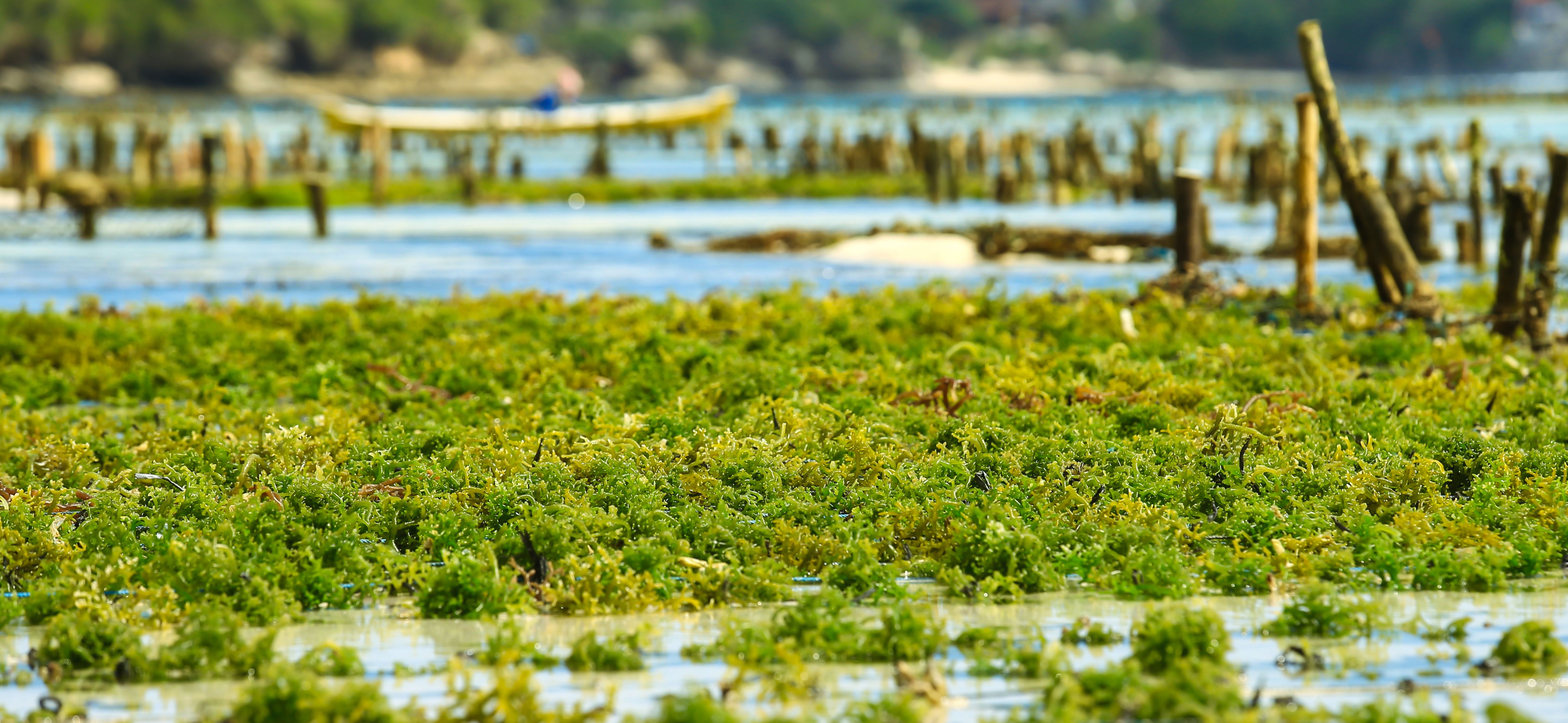South Africa
Searching for Seaweed Solutions
March 16, 2023

Seaweed
“For generations, seaweed has remained one of the great untapped resources. But a revolution is coming…”
- Safe Seaweed Coalition
In 2019 when the UNDP South Africa Accelerator Lab was established, we identified seaweed cultivation as a weak signal, with the potential to unlock solutions that could accelerate the achievement of the Sustainable Development Goals.
Seaweed can be grown with no fresh water, no arable land, no fertilisers, and no pesticides. Seaweed sequesters carbon approximately three times faster than terrestrial plants, and some species can grow up to 60cm per day. Seaweed is a highly nutritious food and feed source, and can be used to produce a vast variety of products. In other words, seaweed could hold solutions to poverty, unemployment, and climate change. If you haven’t yet heard whispers about the seaweed revolution, please see this blog, Standing Up for SDG 14 and Speaking Up for Seaweed, which gives an overview of why we are so excited about seaweed’s superpowers.
Since 2019, this weak signal has become a strong trend, with an explosion of organisations and interventions looking to harness the potential of seaweed. For example, two of the fifteen Earth Shot Prize 2022 finalists were seaweed solutions, namely Notpla and Seaforester. And (spoiler alert) Notpla then went on to win the £1 million funding prize. Let’s start from the beginning though with what the UNDP Accelerator Lab has been exploring since seaweed came onto our radar.
Setting sail on our explorations, we conducted abaseline study of eleven coastal communities across three provinces. In our preparation for the study, we had found almost no research which focused on seaweed and coastal communities in South Africa, and so we wanted to: find out what the perceptions were about the use of seaweed; identify any social and cultural barriers to the use of seaweed; surface any indigenous knowledge and any grassroots innovations related to seaweed use; and develop a better understanding in rural coastal towns of general food use and perceptions, such as levels of food security and nutrition, as well as the level of household food production and commonly used small scale agricultural practices.
Considering the lack of reports and research in these areas the results of the baseline were not surprising – we found low levels of awareness regarding the potential of seaweed to contribute to food security and very little use of seaweeds in communities. We did, however, surface a few isolated uses of seaweed as a local solution:
- Feeding kelp to pigs for medicinal benefits (the pig’s bristles exhibited a healthy sheen when kelp was added to their diet)

Seaweed as pig feed
- Women using seaweed as a treatment for sunburn, laying it on their arms and faces to treat the burning sensation.
- Kelp stipes and bulbs have been used as a container for the cooking of fish over an open fire.
- Cattle are taken to the beaches to feed on washed-up seaweed.

Seaweed farming
Community respondents additionally mentioned that seaweed had been used as an inner for mattresses as well as a soil enhancer for gardens.
Several recommendations were developed from this baseline study related to industry development, government permission, coordination of the seaweed sector, and expanding research. The recommendation related to grassroot community involvement included the use of advocacy to enhance the knowledge and awareness of the benefits of seaweed and the multiple uses and products that can be developed from this natural resource.
However, after much reflection, we decided that advocacy and knowledge raising could easily lead to unsustainable harvesting of wild populations, with very little in place to monitor wild harvest, particularly in rural coastal communities. Seaweed harvesting can also be dangerous as our coastlines are known for their wild seas, with strong and often unpredictable waves and currents.
Taking any negative externalities and unintended consequences into account, we devised a strategy that is based on enhancing seaweed cultivation in parallel with the development of value chains. To ensure benefit to communities, we wanted to explore low-tech and low-cost cultivation techniques, as well as begin developing an off-take market for any seaweed production (meaning, ensuring an existing market for any seaweed products). To achieve this, the South African UNDP Accelerator Lab entered the Japan SDGs Innovation Challenge run in partnership with the Japan Cabinet Office, and we were selected to receive funding to take this research forward.
To read more about our work for the Japan SDGs Innovation Challenge, please see this blog: Sinking into Seaweed

 Locations
Locations